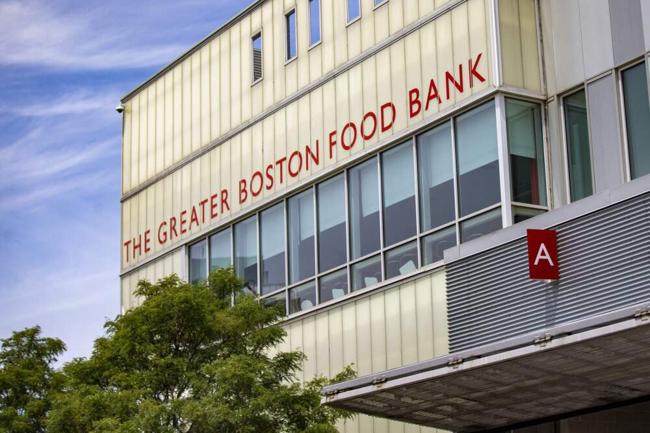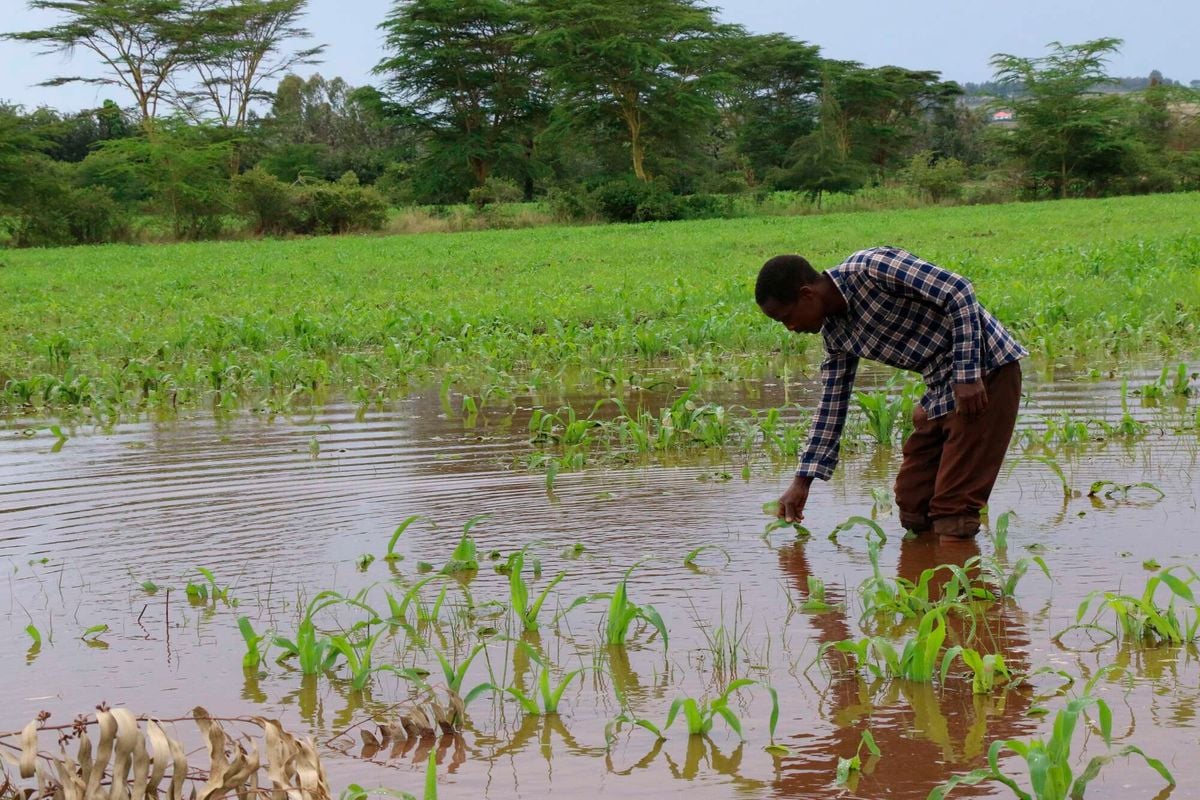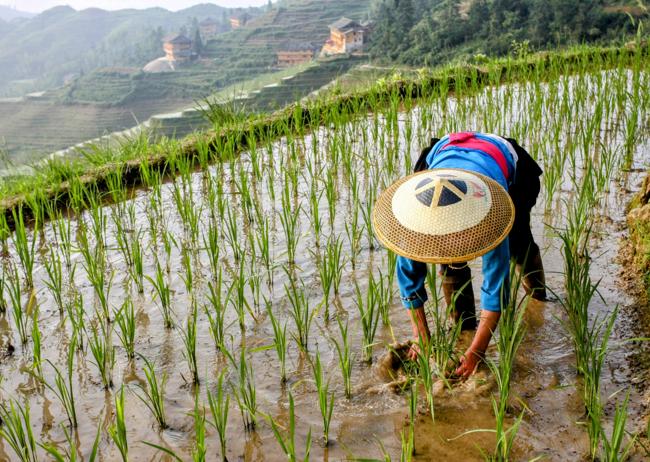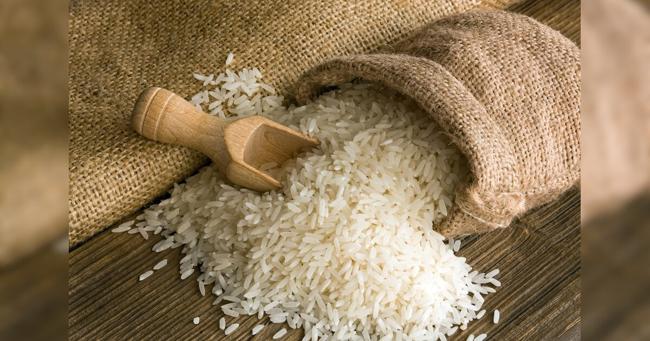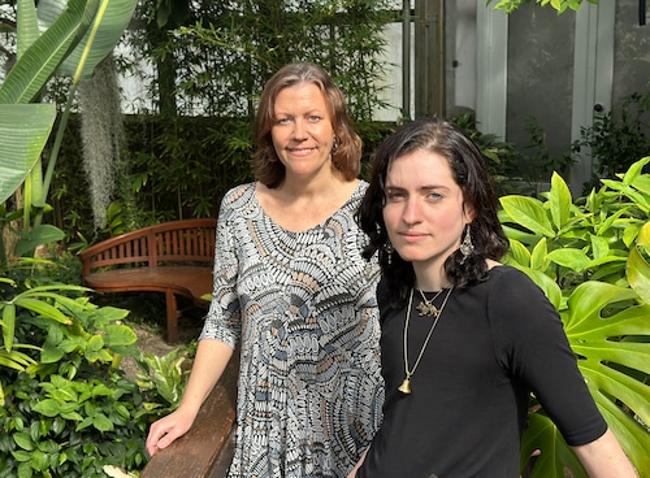Summary
Project Bread called its Walk for Hunger on Boston Common Sunday a “critical call to action”– with food prices rising and federal funding for food assistance programs under threat.
Source: WBUR

AI News Q&A (Free Content)
Q1: What is the primary goal of Project Bread's Walk for Hunger, and what historical significance does it hold?
A1: The primary goal of Project Bread's Walk for Hunger is to alleviate local hunger in Massachusetts by raising funds for critically-needed hunger relief. The event is historically significant as it is the oldest continual pledge walk in the United States and serves as the largest annual one-day fundraiser for hunger relief in the region.
Q2: How has the Walk for Hunger adapted to challenges such as the COVID-19 pandemic?
A2: In response to the COVID-19 pandemic, the Walk for Hunger pivoted to a virtual format, enabling participants to join the event remotely. This adaptation allowed the event to continue raising funds during the pandemic, with 1,700 participants raising $1.3 million in 2020. This change ensured that Project Bread could maintain its support for food-insecure households during a critical time.
Q3: What are the current challenges faced by food banks in the United States due to federal funding cuts?
A3: Food banks in the United States are facing significant challenges due to federal funding cuts. The reduction in funding impacts their ability to purchase local, minimally processed food, which is more expensive than buying from distributors. Additionally, rising food prices and increasing food insecurity, with one million more food-insecure households reported in 2023, exacerbate the situation, making it difficult for food banks to meet the growing demand.
Q4: In what ways does the Walk for Hunger 2023 aim to address food insecurity in Massachusetts?
A4: The Walk for Hunger 2023 aims to address food insecurity in Massachusetts by raising funds through a 3-mile walk around Boston Common. The funds collected are intended to support hunger relief initiatives and provide assistance to food-insecure families. The event serves as a community movement, bringing together thousands of participants to take action against hunger in the state.
Q5: What is the impact of rising food prices on food assistance programs?
A5: Rising food prices significantly impact food assistance programs by increasing the cost of providing necessary food supplies to those in need. This rise in prices, coupled with federal funding cuts, places additional strain on food banks and school lunch programs, potentially reducing their capacity to serve vulnerable populations effectively.
Q6: How does the Walk for Hunger engage the community in its efforts to combat hunger?
A6: The Walk for Hunger engages the community by organizing a public event where individuals from various backgrounds come together to support a common cause. Participants can choose to walk on Boston Common or join virtually, making the event accessible to a broader audience. This collective effort not only raises funds but also raises awareness about food insecurity, encouraging more people to contribute to hunger relief initiatives.
Q7: What future actions are necessary to ensure sustainable food assistance in light of federal funding reductions?
A7: To ensure sustainable food assistance amidst federal funding reductions, future actions should include diversifying funding sources, enhancing partnerships with local organizations, and advocating for policy changes that prioritize food security. Additionally, increasing public awareness and community involvement can help build a robust support network to address the ongoing challenges faced by food assistance programs.
References:
- Project Bread's Walk for Hunger
- Stateline article on federal cuts and food banks
- Boston Herald on food insecurity
- Wikipedia entry for Walk for Hunger Boston

